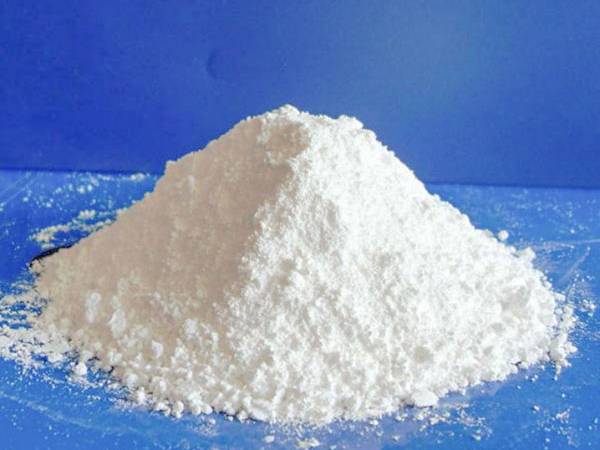



Exploring the Safety and Efficacy of Chlorine Dioxide for Human Consumption
Chlorine dioxide (ClO2) is a chemical compound that has garnered attention in various fields, particularly in water treatment and disinfection processes. However, its discussion has expanded to include controversial claims regarding its safety and efficacy for human consumption. This article aims to explore chlorine dioxide's properties, its intended uses, and the concerns surrounding its consumption by humans.
Chlorine dioxide is a potent oxidative agent that is widely recognized for its antibacterial and antiviral properties. It is commonly utilized in municipal water treatment facilities to disinfect drinking water, ensuring that it is free from pathogens that can cause diseases. The chemical works effectively by breaking down the cell walls of bacteria and deactivating viruses, making it a valuable tool in maintaining public health. Additionally, chlorine dioxide is employed in various industrial applications, such as food processing and textile manufacturing, owing to its strong disinfectant qualities.
Despite its success in these applications, the prospect of using chlorine dioxide for human consumption is fraught with controversy. Some proponents have argued that it can serve as a cure for a range of ailments, including COVID-19, malaria, and other infections. These claims are largely based on anecdotal evidence and have not been supported by rigorous scientific research or clinical trials. Regulatory agencies, including the U.S. Food and Drug Administration (FDA) and the World Health Organization (WHO), have issued warnings against the consumption of chlorine dioxide, highlighting the risks associated with its use.
The primary concern regarding chlorine dioxide for human consumption is its potential toxicity. When ingested, chlorine dioxide can lead to serious health complications. The chemical can cause gastrointestinal irritation, which may manifest as nausea, vomiting, diarrhea, and abdominal pain. In more severe cases, it can induce oxidative stress, resulting in red blood cell damage, leading to hemolytic anemia. Additionally, inhalation of chlorine dioxide can irritate the respiratory system, causing coughing and shortness of breath.
chlorine dioxide for human consumption

The misinformation surrounding chlorine dioxide is often propagated by groups that promote its use as a miracle cure. These groups typically sell products containing chlorine dioxide, often marketed as sodium chlorite or MMS (Miracle Mineral Solution). The marketing tactics employed by these organizations often involve testimonials from individuals who claim miraculous recoveries after using these products. However, relying on such testimonials can be dangerous and misleading. The absence of clinical evidence supporting these claims should raise red flags for consumers.
Furthermore, public health officials and medical professionals emphasize the importance of using scientifically validated treatments for medical conditions. It is crucial for individuals to consult healthcare providers before considering any alternative therapies, especially those that involve the ingestion of chemical substances not approved for human consumption.
In conclusion, while chlorine dioxide serves legitimate purposes in water treatment and industrial disinfection, its proposed use for human consumption raises significant health concerns. Regulatory authorities have clearly stated that there is no evidence supporting its safety or efficacy in treating medical conditions. Individuals seeking remedies for health issues are strongly advised to rely on treatments that have been rigorously tested and approved by health professionals. The risks associated with ingesting chlorine dioxide far outweigh any perceived benefits, making it imperative for individuals to prioritize their health and safety by avoiding unverified and potentially harmful substances. It is essential to foster an environment where scientific literacy prevails over anecdotal claims, ensuring that public health is safeguarded against misinformation and dangerous practices.
-
Why Sodium Persulfate Is Everywhere NowNewsJul.07,2025
-
Why Polyacrylamide Is in High DemandNewsJul.07,2025
-
Understanding Paint Chemicals and Their ApplicationsNewsJul.07,2025
-
Smart Use Of Mining ChemicalsNewsJul.07,2025
-
Practical Uses of Potassium MonopersulfateNewsJul.07,2025
-
Agrochemicals In Real FarmingNewsJul.07,2025
-
Sodium Chlorite Hot UsesNewsJul.01,2025










